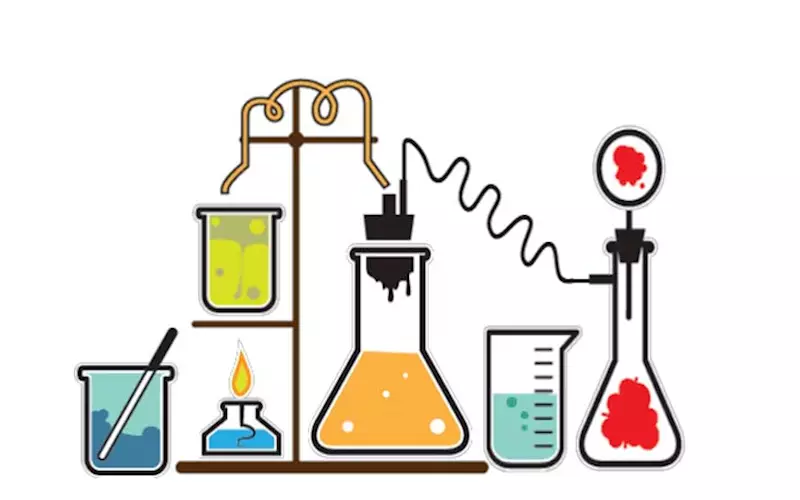Non-commercial acrylic paints to see sustained growth in the US
According to a recent report released by Future Market Insights, non-commercial acrylic paints are expected to witness sustained demand in the US as preference for fast-drying paints takes off in canvas- and paper-based applications. The approximately USD 230-million market for non-commercial acrylic paint is foreseen to grow by 4.3% yoy in 2019. The study also delivers key insights on the US non-commercial acrylic paints market.
12 Aug 2019 | By Dibyajyoti Sarma
The south US is cited as a prominent consumer market in the US landscape of non-commercial acrylic paint owing to a rich end-user base, with an above-average growth rate projected for the near future.
While heavy-body acrylics continue to gain strongest traction that has been attributed to their strong colours, better coverage, and fast-drying times, the report indicates that their adoption will be more prominent in canvas- and paper-based applications. Non-commercial acrylic paint application on canvas accounts for over one-third of the total paint consumption, whereas that on paper and wood accounts for a combined share of more than 40%.
The report reveals that the key applications of non-commercial acrylic paint across the US include canvas, paper, and wood, with artefacts designed by professional artists and students. With the advent of DIY crafts and hobby activities, other substrates such as metal and ceramics are also likely to present a range of lucrative opportunities for the usage of non-commercial acrylic paints. The growth and emergency of non-commercial acrylic paints in the US is prominently attributed to the growth of DIY-based artefacts and finished products, and considerable investments by academic institutions in skill development programmes, imbibing non-commercial acrylic paints to a significant degree.
Apart from academic and commercial artefacts, non-commercial acrylic paints are particularly gaining popularity in home interior design, and additional design in terracotta and pottery items, thus creating additional scope of value addition for designers.
The study has bifurcated the US market for non-commercial acrylic paint into two commonly available grades, such as artist grade (high concentration of acrylic resin for slow drying sales channels) and student grade (low concentration of acrylic resin for fast drying sales channels). The varied degree of fast or slow drying rate immensely helps professional artists when designing a paint for a long-duration process or relatively short duration of finishing the paintwork applied.
Currently, more than one-fifth of the total consumption of non-commercial acrylic paint in the US is accounted by artist-grade paint. However, the dramatically increasing number of students developing interest in painting and related career options will translate into relatively higher opportunities for student-grade non-commercial acrylic paint in the US, as suggested by study’s analysis.
The market share of offline sales channels in the US non-commercial acrylic paint market is likely to remain clearly dominant over that of online sales channels. However, the report also points to a growing revenue share of online stores, which is expected to outpace in terms of rate of growth, over the coming years.
The report highlights some of the prominent companies that are operating in the US non-commercial acrylic paints market, such as Liquitex Artist Materials, Decoart, Winsor & Newton, Reeves, Faber-Castell, Plaid, Crafts 4 All, Koninklijke Royal Talens BV, Golden Artist Colours, Croma Atlier, M Graham & Co, and PEBEO SAS.
For details on the report, please visit Future Market Insights.











 See All
See All